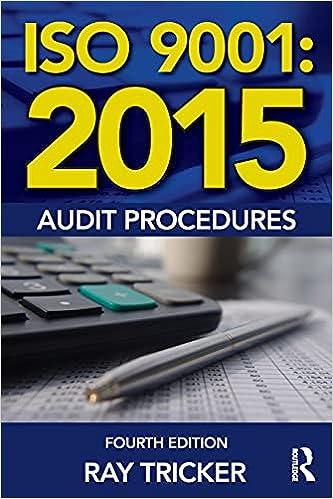Question
For calendar year 3, Clark Corp. had depreciation of $300,000 on its income statement. On its Year 3 tax return, Clark had depreciation of $500,000.
For calendar year 3, Clark Corp. had depreciation of $300,000 on its income statement. On its Year 3 tax return, Clark had depreciation of $500,000. Clarks income statement also included $50,000 accrued warranty expense that will be deducted for tax purposes when paid. Clarks enacted tax rates are 30% for Year 3 and 25% for future years. These were Clarks only temporary differences. In Clarks Year 3 income statement, the deferred portion of its provision for income taxes should be
| $60,000. | |
| $45,000. | |
| $37,500. | |
| $50,000. |
You Answered Correctly! (Answer is : C, $37,500)
This answer is correct. The income tax provision (expense) must be reported in two components: the amount currently payable (current) and the tax effects of temporary differences (deferred). The deferred portion should be based on future enacted tax rates. The depreciation difference results in future taxable amounts totaling $200,000 in Years 3 to 12, while the warranty difference results in future deductible amounts totaling $50,000 in Years 3 to 12. Deferred tax expense is computed as follows:
| Increase in deferred tax liability | ||||
| = | $50,000 | ||
| Increase in deferred tax asset | ||||
| = | (12,500) | ||
| Deferred portion of income tax expense | $37,500 |
Can please explain an a easy way so I can understand why the depreciation difference of $200,000 is an increase in deferred tax liability and why the accrued warranty expense of $50,000 is an increase in deferred tax asset? I don't understand why they both increase.
Step by Step Solution
There are 3 Steps involved in it
Step: 1

Get Instant Access to Expert-Tailored Solutions
See step-by-step solutions with expert insights and AI powered tools for academic success
Step: 2

Step: 3

Ace Your Homework with AI
Get the answers you need in no time with our AI-driven, step-by-step assistance
Get Started


